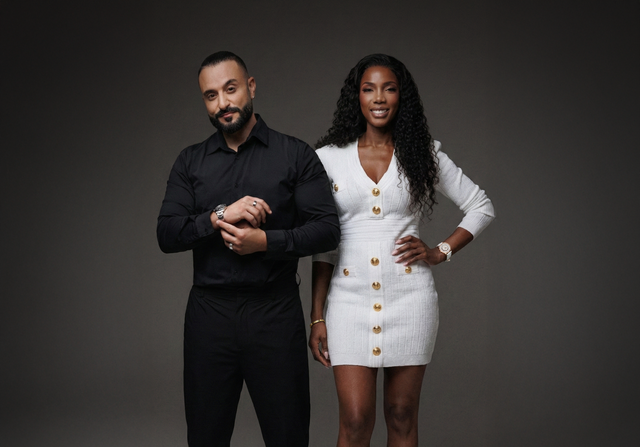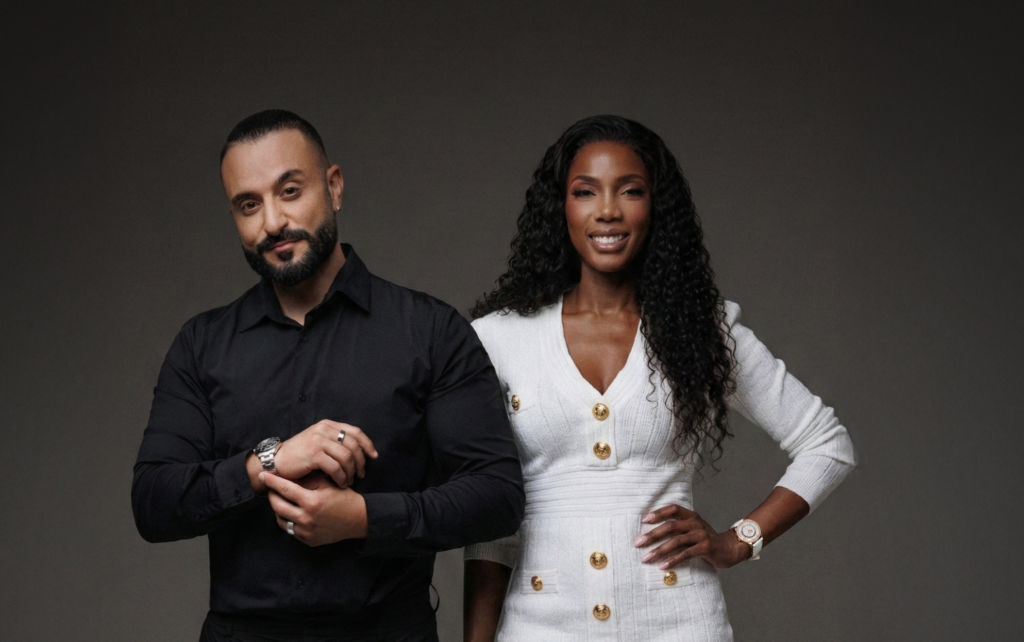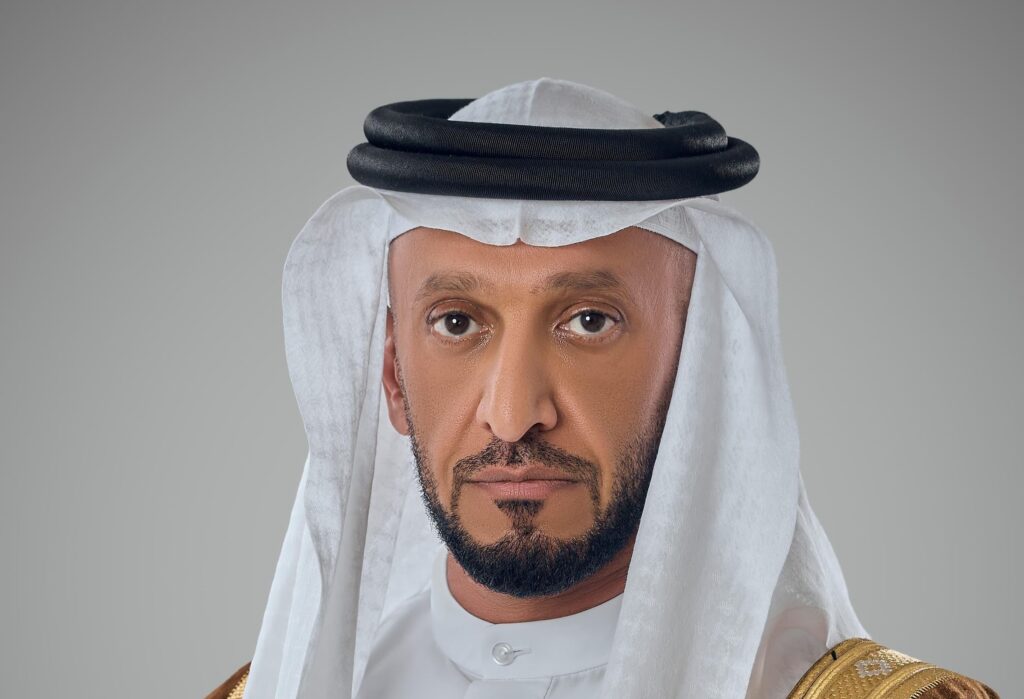Ramadan is a period of introspection, altruism and camaraderie for a diverse community of nearly two billion people around the world, making it one of the biggest, and longest, cultural moments of the year.
It’s a huge opportunity – if approached sensitively – for brands to reach their communities. And that is what we saw this year in the region.
For the last two years, friends and families have been largely celebrating Ramadan online. And it is not just the socializing that happens online: restrictions mean observers spent more time gaming, watching videos, and late-night shopping – a favorite Ramadan pastime – than they did pre-pandemic. The digital habits set this year and last will impact how Muslims celebrate in 2022, too, whatever phase of the pandemic we find ourselves in by then.
So, how have brands connected with customers during Ramadan? Below, we look at some of the trends and behaviors we’ve seen at Facebook and make suggestions for how marketers can get involved.
Togetherness through technology
Above all, Ramadan and Eid, the feast that marks the end of the month-long 11-hour daily fast, are times to spend with friends and family. Because of Covid-19 lockdowns, Ramadan observers in the UAE said they spent less time with their friends and family, and turned to their apps instead – 44% said their use of technology to connect with loved ones had increased.
But communicating with friends and family online during Ramadan is far from new. Even before lockdown measures swept the world last year, 85% of people said they used messaging apps during the holy month, with Eid greetings the number one topic of conversation. There are lots of opportunities for brands to join in here: by helping make interactions fun with AR filters and stickers or launching a messenger bot, for example.
Digital content consumption saw spikes during the six-week period, too, and never more so than in 2020, when 59% of UAE Ramadan observers said they’d been reading or watching more news online than in previous years. Invariably, more than one screen is used simultaneously, and MBC Watch has stepped in here. The MENA leading broadcaster and digital streamer has bridged the gap between TV and social, by running interactive Facebook Lives in which celebrities watch on Shahid VIP and comment on Ramadan series, turning watching into a social experience. The broadcaster’s grid bot, meanwhile, helps people curate their viewing – a helpful tool when around 60 different series air during Ramadan.
Food, glorious food
The importance of food during Ramadan and Eid cannot be overstated. Providing inspiration for recipes is one way in which brands can add value here – coming up with a showstopper meal for your nearest and dearest every night for a month is no mean feat, after all. Nestlé Middle East – which sees online sales increase by 35% during Ramadan – has developed a bilingual, informative bot on Facebook Messenger that provides cooking recipes, product tips, and useful information for a healthy diet during the fasting period. Over 7,000 users opted into the bot and spent over three minutes interacting with the content on the platform – almost three times the amount spent on Nestlé’s owned internet platforms. It’s been so successful that it’s become a fixture of Nestlé’s Ramadan marketing program since it launched in 2019.
Read our interview with Rainer Muller from Nestle on this collaboration here
Shopping smart and safe
Whether it’s buying host gifts or new outfits (58% of Muslims in the UAE say they dress up during Ramadan), shopping has been an integral part of Ramadan. Like the Holiday season sales and Black Friday, the month is also associated with deals – 56% of people in the UAE considered Ramadan the best time to find them, and this applies to food and beverage products as well as to clothing and gift items. The impact of Covid-19 on wallets has compounded this: shoppers are increasingly price-sensitive and are looking to social channels like Facebook and Instagram for bargains and inspiration.
The pandemic has also had an impact on the way people are researching and shopping during Ramadan. Being able to browse and shop safely is a priority: Facebook IQ research found that Ramadan observers are, on average, three times more likely to feel safer using mobile to shop, compared to in-store, and in the UAE, 70% of people find ideas and browse for information on Ramadan purchases online. Brands should be doing everything they can to remove friction and barriers for a simple digital shopping experience, from discovery to purchase and even returns.
Collaborating with creators
Partnering with influencers is a tried-and-tested strategy when it comes to reaching the Ramadan community. Nearly half of observers surveyed by Facebook said they trusted creators for impartial advice and inspiration during the holy month. They look to public figures for self-improvement content, such as fitness advice, as well as for deals, and are particularly keen for their guidance when it comes to discovering and purchasing new products and services.
Marking the month of good
There has been a spike in charitable giving during the month, both in terms of time and money, with 91% of Ramadan observers saying they engaged in charitable activities, 70% donating money to charity and 55% volunteering or helping out in their local community, according to a recent survey by Facebook.
As people contribute to their communities, they’re increasingly expecting businesses to do the same – to express their values, speak authentically and stand up for the causes they care about. 74% of people surveyed believe brands should find ways of giving back to consumers and the community, especially during the ongoing crisis.
Top trends noticed this year
There are no surprises when it comes to Ramadan communication with regards to trends. We still witnessed our fair share of emotional songs and funny TV ads, but what was different is how many advertisers embraced a mobile-first strategy rather than just building for TV and then adapting or optimizing for all the other mediums later. This Ramadan we’ve seen various AR filters, Messenger Bots and mobile video ads that are not only innovative but impactful too.
For instance, “Watch with Stars” from Shahid that made use of FB live in very innovative ways or the grid bot from MBC helping users select the shows they want to follow and helping them design their own show grid for Ramadan, along with a number or AR effects that were fresh and entertaining.
We’ve also seen a great deal of campaigns utilizing content creators in interesting ways and therefore we are confident that we’ll see a lot of successful case studies coming out of the region this year that demonstrates the power of mobile-first advertising.






